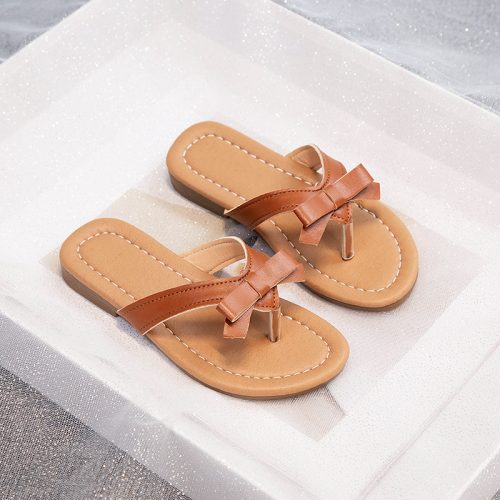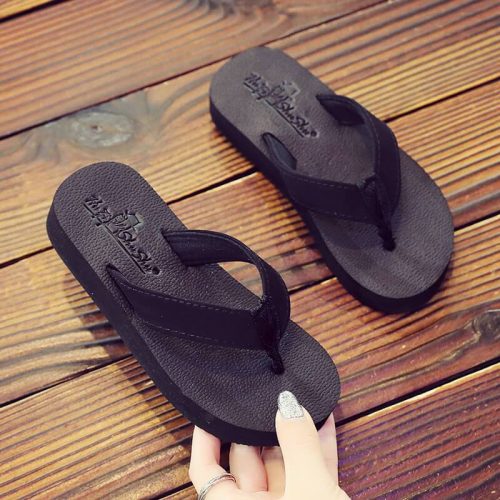Flip-flops are a popular type of footwear, particularly in warmer weather, but they can also be a breeding ground for fungi that cause athlete’s foot. Here are some tips to avoid athlete’s foot while wearing flip-flops:
- Keep your feet clean and dry: After showering or swimming, dry your feet thoroughly, including the spaces between your toes, before putting on your flip-flops. Moisture provides an ideal environment for fungi to grow, so keeping your feet dry is essential.
- Wear flip-flops in appropriate settings: Flip-flops are great for the beach, pool, or shower, but they’re not suitable for all environments. Avoid wearing flip-flops in places where the floors are wet or dirty, like public restrooms or locker rooms.
- Rotate your footwear: Wearing the same pair of flip-flops every day can increase the risk of developing athlete’s foot. Rotate your footwear and let your flip-flops dry out completely between wears.
- Use antifungal sprays or powders: If you’re prone to athlete’s foot or are concerned about getting it, you can use antifungal sprays or powders on your feet and in your flip-flops. These products can help to kill any fungi that may be present.
- Practice good foot hygiene: In addition to keeping your feet clean and dry, it’s also essential to practice good foot hygiene. Trim your toenails regularly, wear socks made from breathable materials, and avoid sharing towels or footwear with others.
By following these tips, you can enjoy wearing flip-flops without worrying about developing athlete’s foot. If you do develop symptoms of athlete’s foot, such as itching, burning, or cracking skin, see a healthcare professional for advice on treatment.


